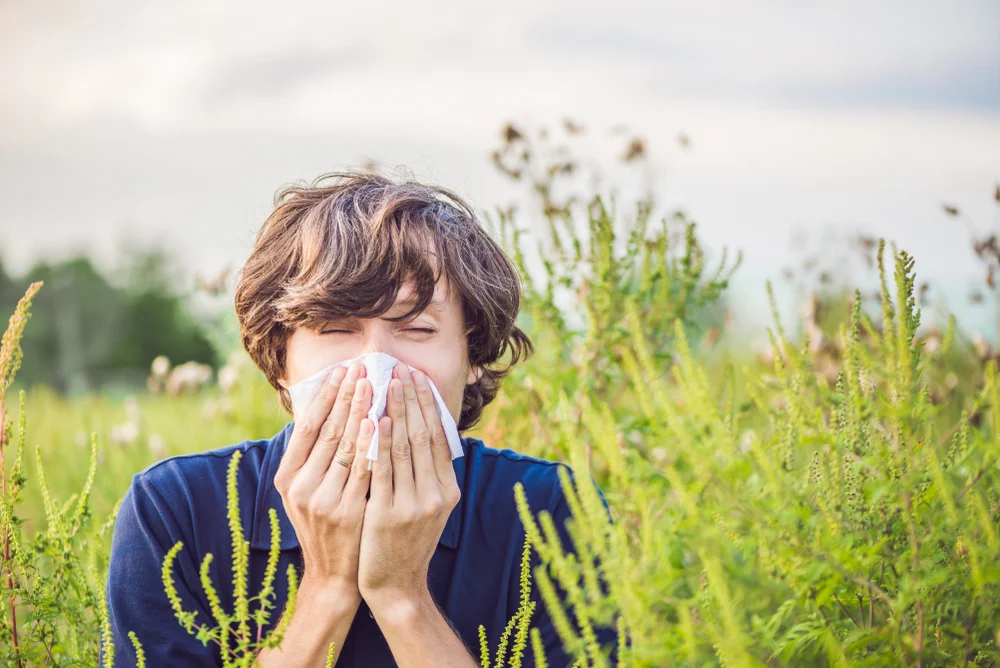How Should You Prevent Pollen Allergies?
Not only longer days, but hotter weather, breezes and flowering blooms are also brought to Spring. It means pollen returns for people with allergies. Pollen doesn't mix with allergies. Nothing can be done to prevent all pollen–it is made by grass, trees and flowers or willows, after all–but misery can be minimized. This is the guide to survival of your spring pollen.
Pollen Count
Invisible molestation is Pollen. According to the American Academy of Allergy Asthma & Immunology, the average pollen is smaller than a human hair. However, once it reaches your nose or throat, it can give an allergic reaction if you have sensitivity. According to national health institutes, about 35 million Americans are susceptible to pollen.
The National Allergy Bureau can easily check the pollen count in your area which is a department of American Academy of Asthma and Immunology.
Tree and herb pollen may be difficult to avoid, but exposure can be reduced.
Begin taking allergy medicines consulting allergy clinic in OKC before the allergy season begins.
Check the following hints. Symptoms can be presented here.
Check every day your local count of pollen. External time limit from 10 a.m. to 2 p.m. When it's high.
Maintain closing windows. Use central air conditioning and air conditioning.
Use CERTIFIED air filters for asthma and allergies. Search for the CERTIFIED mark when you purchase air filters.
Heat the soapy hot water weekly to wash your bedding. Look for the mark CERTIFIED on laundry, pillows, and bed-linen.
Wear a hat and sunglasses. This can help keep your hair and eyes out of pollen. Dry indoors your clothes. On the outdoor line, don't dry your clothes.
Stay short of your lawn. The risk of short grass releasing pollen is less. Have another mow your lawn if possible.
After outdoor activities, change and wash your clothes. If you're in touch with grass, wear long pants. Every night, shower and shampoo. This can help keep contamination out of bed.
Wipe your pets off and brush them before they enter. In their fur, pollen can get in.
Take off your shoes at the door before going into your home. At least once a week, it is important to vacuum your floors. See the vacuum mark CERTIFIED.
Different Types of Pollen Allergy
Hundreds of plants free pollen into the atmosphere and cause allergic reactions. Common culprits are here:
Birch pollen allergy
One of the most prevalent airborne allergens in the spring is birch pollen. When the arbors flourish, they release small, wind-spread pollen grains. With a traveling range of up to 100 meters from the parent tree, a birch tree produces up to 5 million grains of pollen.
Oak pollen allergy
Oak trees send pollen through the spring into the atmosphere. Although oak pollen is considered as mild allergenic when compared to other plants, it remains in the air for a good time. Some people with pollen allergies may have severe allergic reactions. For some people, pollen allergy may give severe reactions. Here, the professional consultation from the allergy clinic in OKC is needed to prevent the conditions from getting worse.
Grass pollen allergy
In the summer months, the grass is the main cause of pollen allergy. It causes the worst and hardest symptoms to treat. The AAAAI, however, reports the high effectiveness of allergy shots and tablets as they can alleviate grass pollen allergy symptoms.
Ragweed pollen allergy
Ragweed plants are one of the most common culprits of weed pollens. Between late spring and autumn, they are the most active. However, as of last July week and until mid-October, ragweed may continue to spread its pollen according to the location. Its pollen travels miles through the wind and can survive a low winter.
Follow your way to OKOA, at our allergy clinic in OKC we can test which one is making you sick and arm you with the right treatment.
**Disclaimer: The information on this page is not intended to be a doctor's advice, nor does it create any form of patient-doctor relationship.


